In today’s world, where materialism seems to reign supreme, Replica Designer Bags often carry a deeper, “hidden meaning” for many people. But how important are luxury items to you? Would you survive on instant noodles for two months just to buy a limited-edition bag from your local store? Or would you prefer to spend a fraction of that money on a high-quality replica instead?

There’s a peculiar trend emerging in fashion circles today. From celebrities and the wealthy to ordinary folks, the purchasing habits surrounding luxury goods are increasingly shifting towards high-quality replicas. But why is this happening? There’s an old saying that goes, “Carrying an LV bag worth thousands on the bus, people will assume it’s fake. But drive a Ferrari with a knockoff bag, and everyone will think it’s real.”
The world of high-quality replicas is one where people are willing to invest seriously. The global luxury goods market is worth over a trillion dollars. Take Dubai, for example—a city synonymous with luxury. This shopping paradise is known for its impeccable quality standards. Yet, even in a place overflowing with every luxury brand imaginable, you’ll find it hard to tell the difference between the real deal and a high-quality fake.

A few years ago, there was news about a joint operation between China and the UAE to crack down on cross-border counterfeit production. They seized over 28,000 fake luxury items with a market value of nearly 1.8 billion RMB! According to the authorities, these high-quality replicas were so well-made that the average person couldn’t distinguish them from the real ones. These factories put in serious effort to get the details right—they even buy genuine products, take them apart, and study every stitch and process before producing their copies.
It’s hard not to admire the craftsmanship that goes into these replicas. But the reality is, fake luxury items have become so common that they’re not just seen in the hands of everyday people but even among the wealthy. Just because someone owns a luxury bag doesn’t mean they’re wealthy, and just because someone is wealthy doesn’t mean they only buy the real deal. Sometimes, a high-quality fake can be so convincing that it’s almost indistinguishable from the genuine article.
There was once a show where an expert used a blowtorch to test an LV bag. Genuine LV leather contains a flame retardant, making it harder to burn. But let’s be honest, not many people are willing to put their bags through that kind of test.

Even celebrities aren’t immune to the appeal of high-quality replicas. Take Celine Dion, for example, the world-famous singer known for “My Heart Will Go On.” During one of her Shanghai concerts, she reportedly went on a shopping spree in a local market, snapping up fifty high-quality replica bags before returning to her hotel, satisfied with her haul. If not for her fame, who would’ve guessed that someone with her wealth would buy replicas?
Many might wonder, “Can’t a celebrity afford a real designer bag?” The truth is, it’s not about affordability. It’s about the cost-effectiveness of a high-quality replica. Few people stop to think about the markup on a luxury bag or how much of that cost is passed on to the consumer.
Let’s look at LV, for example. Last year, their global brand ambassadors included the likes of Liu Yifei, Madonna, Uma Thurman, Jennifer Lopez, tennis legend Andre Agassi, Catherine Deneuve, Angelina Jolie, Du Juan, Luhan, and Gong Li, to name a few. The endorsement fees for these top-tier celebrities easily run into the millions. And LV didn’t just sign one or two—they signed over a dozen!
Then there’s the cost of operating their stores. LV stores are often located in the most prime real estate, and the rent for such locations doesn’t come cheap—easily costing millions annually. LV has over 5,720 stores worldwide, racking up billions in expenses. Not to mention, they employ top-tier designers who earn millions each year, and their extensive staff needs to be paid. Then there’s the cost of advertising, fashion shows, and other promotional activities—all of which are ultimately paid for by the consumer.

In contrast, high-quality replicas don’t have to shoulder these costs. Their only expenses are materials, labor, and the cost of purchasing a genuine item to copy. This is why they can sell for just 10% of the price of the real thing and still be virtually indistinguishable from the original.
A popular influencer on Douyin (the Chinese version of TikTok) with millions of followers once worked as a sales associate for a top luxury brand. In one of his videos, he mentioned that wealthy customers would often bring in bags they purchased through resellers and ask him and his colleagues to verify their authenticity. He admitted that even store staff sometimes can’t tell the difference between a high-quality replica and the real thing, as both are made using machines and molds.
A friend who works as a sales associate once told me that the quality of some high-end replicas has gotten so good that it’s hard to tell them apart from the real thing. In the end, it’s not about whether the bag is real or fake—it’s about how you carry it. If you step out of a Maserati, even a fake bag will look real. But if you’re carrying an LV bag on the bus, no one will think it’s genuine, regardless of its authenticity.
This mindset is both ironic and realistic, reflecting the nature of society today. A wealthy friend of mine, who lives in one of the most exclusive neighborhoods in Shanghai, recently carried a rare Hermès Birkin 25. This bag is so exclusive that only VIP customers can purchase it, often requiring them to spend at least twice the value of the bag in the store. In other words, to buy this 300,000 RMB bag, you’d need to spend at least 1 million RMB first. I was in awe until she casually mentioned that it was a high-quality replica.
I was stunned—how could someone so wealthy buy a fake bag? She shrugged and said, “No one’s going to question its authenticity when it’s in my hands. So why buy the real thing?”
I couldn’t argue with her logic. After all, in the famous novel “The Necklace,” Guy de Maupassant wrote that a rich person can wear glass like diamonds, while a poor person can wear diamonds like glass.
“At the end of the day,” she said, “a bag is just an accessory. It’ll wear out and get scratched, just like a high-quality replica. I’d rather invest the money elsewhere or spend it on travel.”
Her words resonated with me, and I ended up asking her for the replica seller’s contact information. Although I’m not exactly wealthy, I’ve bought a few designer bags from official stores and pride myself on my attention to detail. Yet, when the replica bag I ordered arrived, I was genuinely impressed by its quality.
The lambskin leather, imported from Italy, was soft and delicate, and the stitching was flawless. Even someone with no knowledge of bags could see the craftsmanship that went into it. It’s no wonder that more and more wealthy individuals are turning to the high-quality replica market—not just because they won’t be questioned, but because the quality of these replicas is now almost on par with the originals.
Whether you’re carrying a “Replica Designer Bag,” a “Designer Knockoff Bag,” or the “best online replica designer bag,” it’s crucial to remember that the most important thing is how these items make you feel. In a world where “AAA quality replicas” and “top online replica designer bags” are easily accessible, the distinction between genuine and replica becomes less about the item itself and more about the person carrying it.
In the end, the question of whether a bag is real or fake doesn’t matter. What matters is the person wearing it. As the famous Hong Kong actor Eric Tsang once said in an interview, he wore a fake Rolex for a while, and no one ever questioned its authenticity. Even if you’re carrying a high-quality replica, it’s all about how you carry it. Wouldn’t you agree?


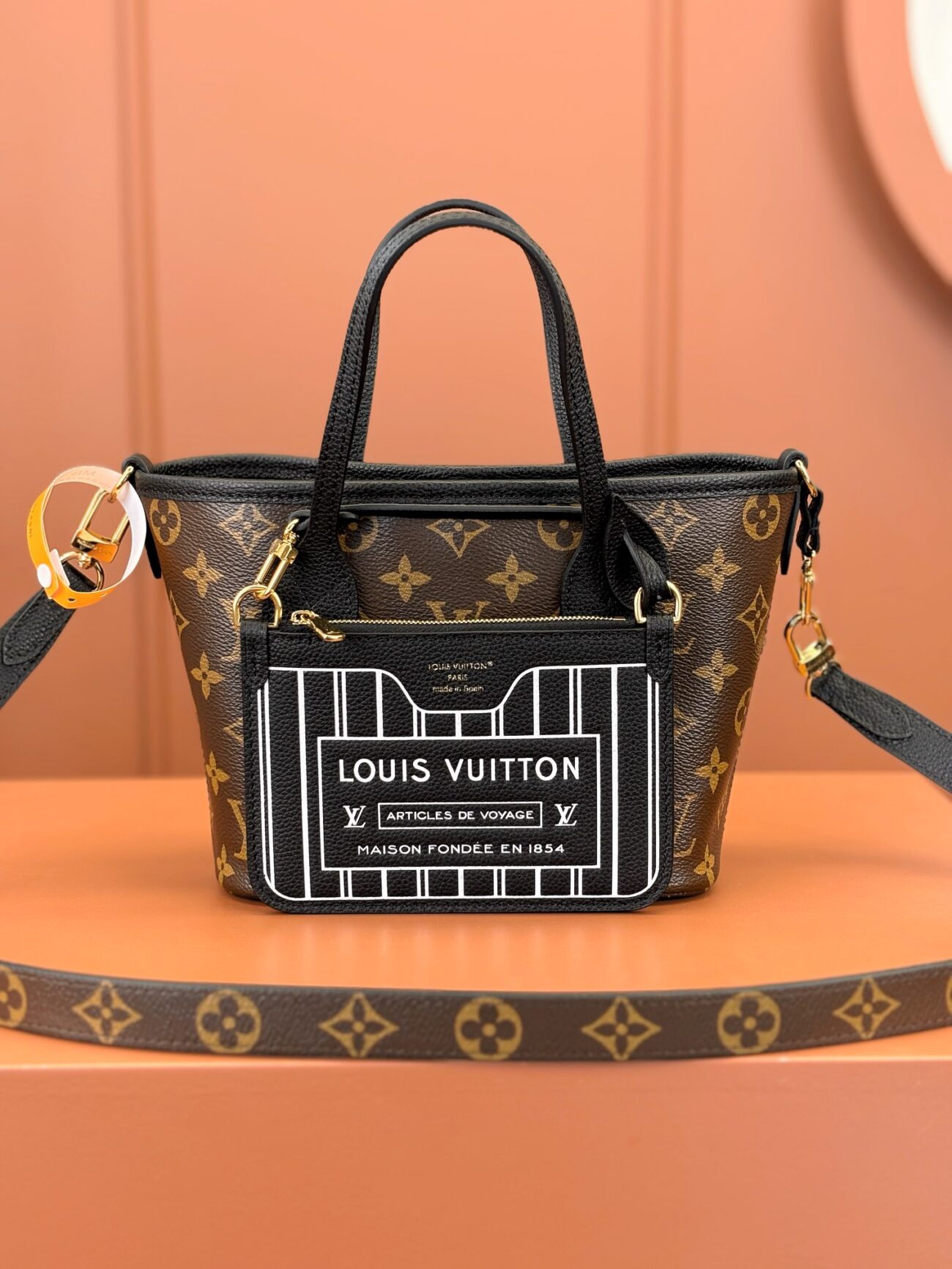
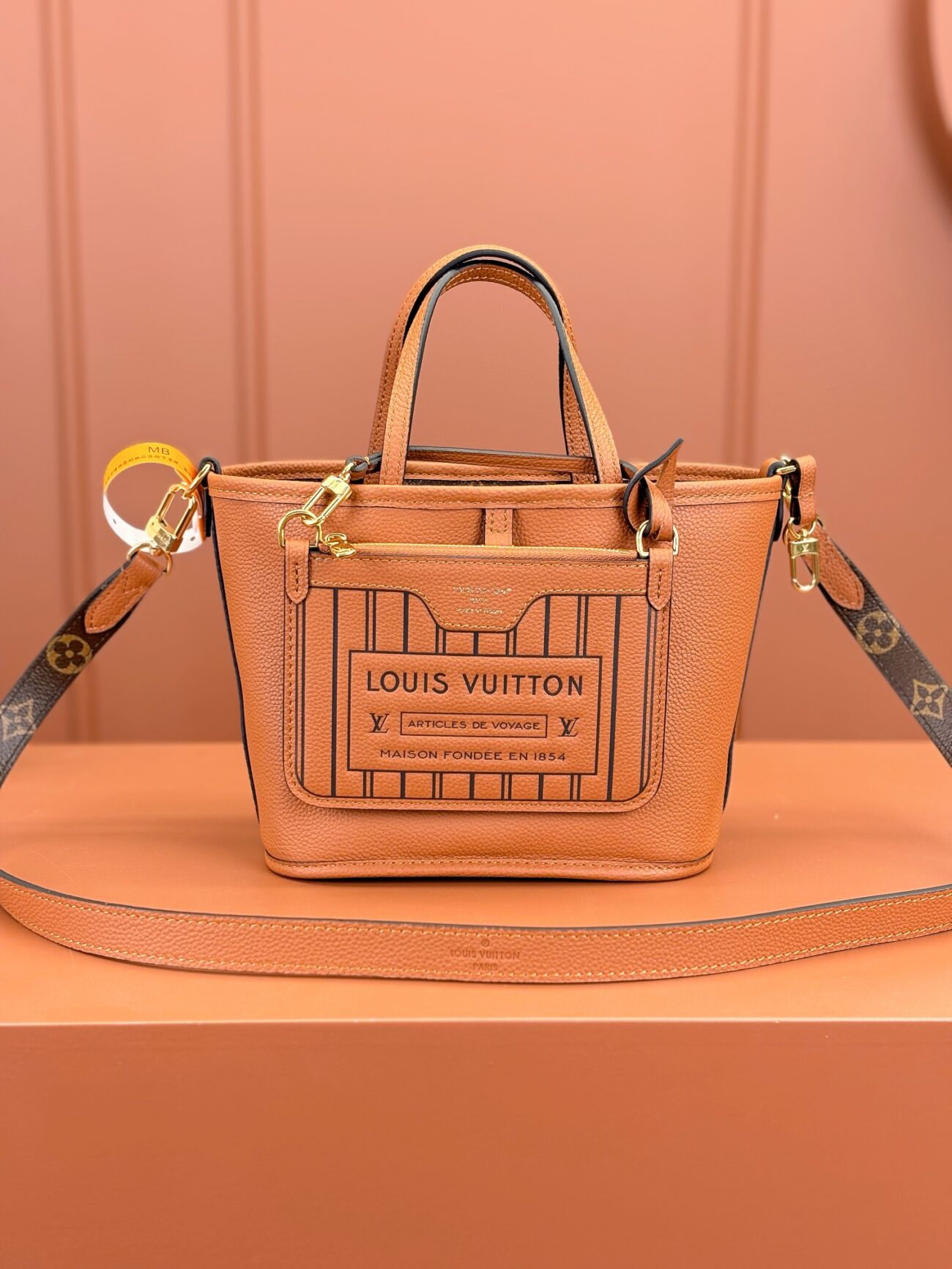
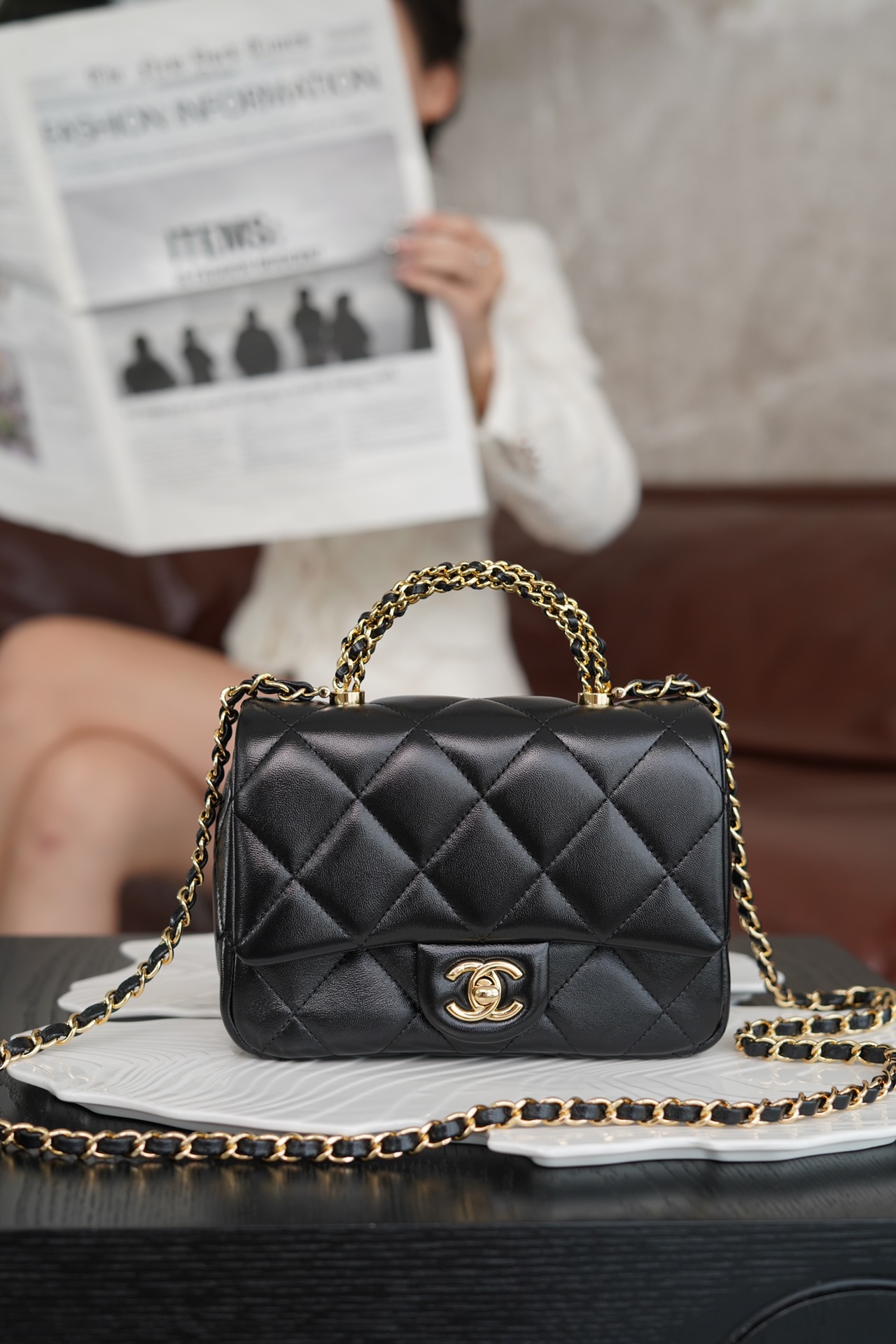
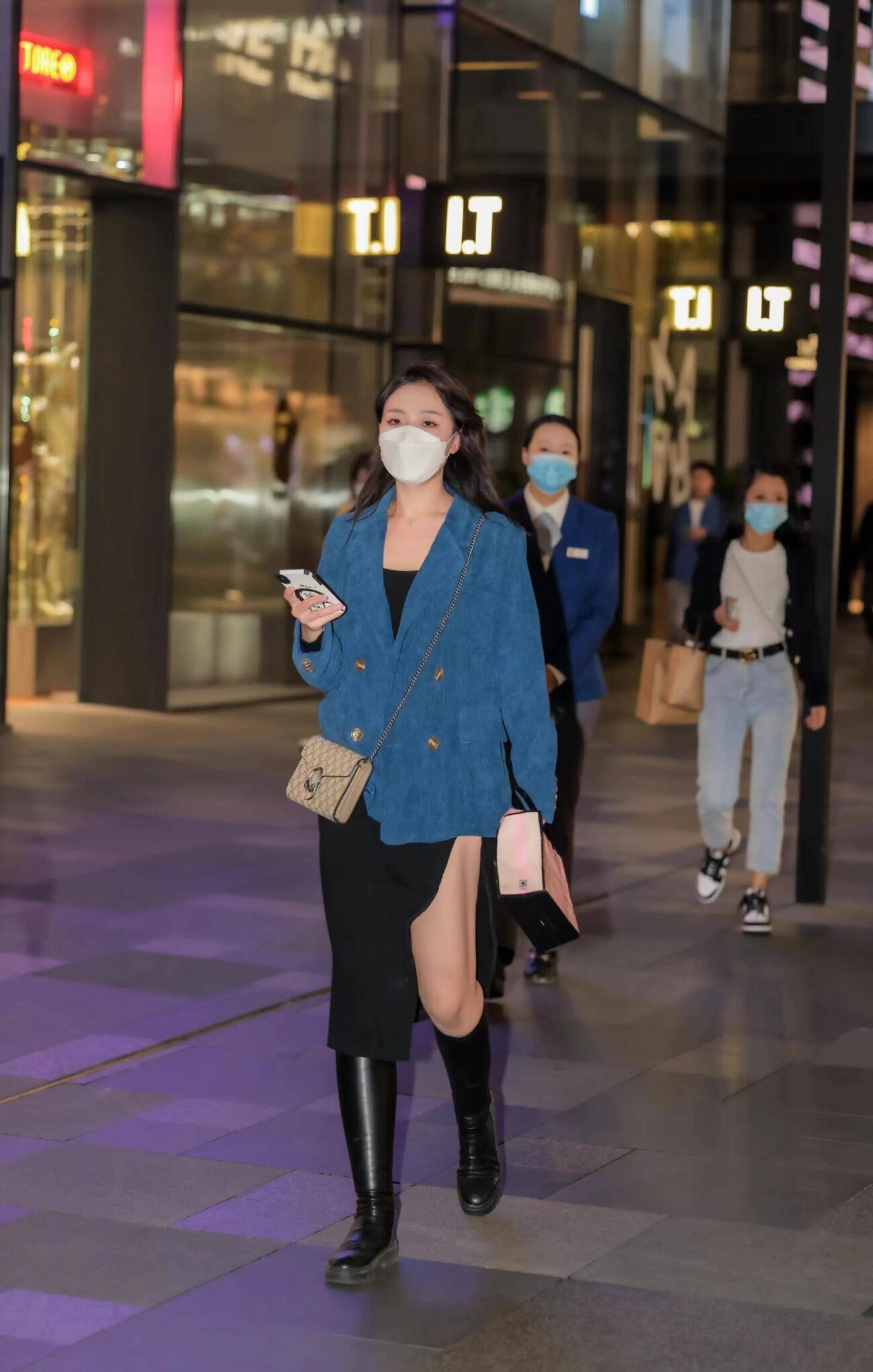
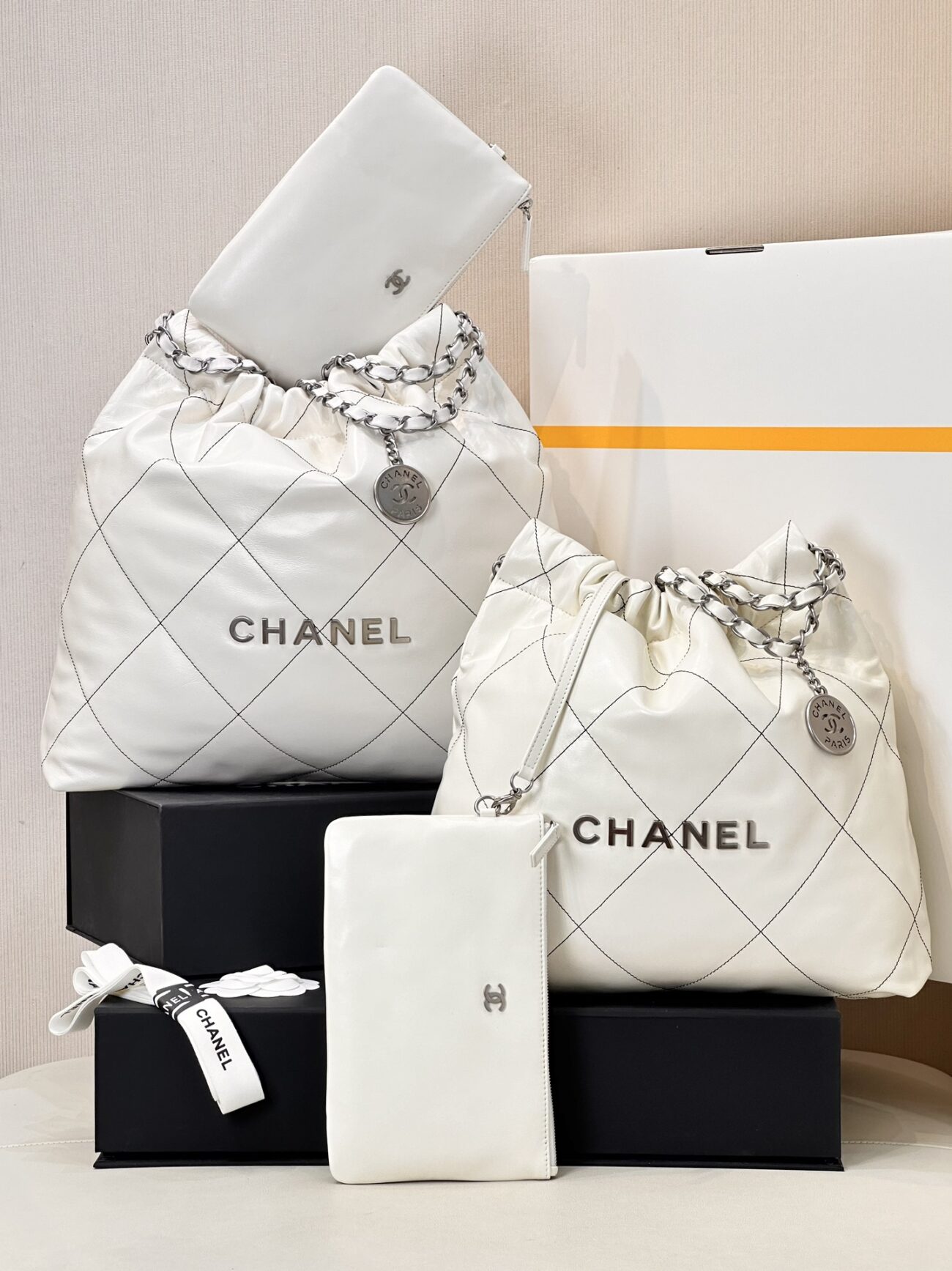
Leave a comment